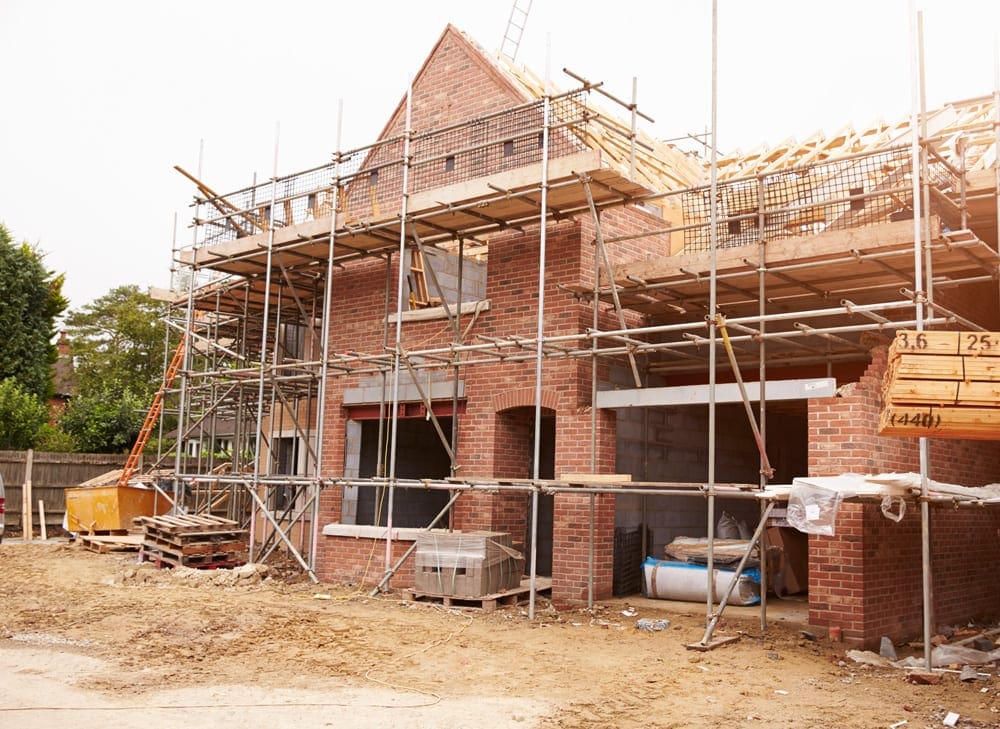
A large refurbishment is more or less a total makeover of a property. A small-scale version involves perhaps adding an extension or re-roofing, but with a large refurbishment, you can probably expect to be doing all of these things.
Examples of large-scale refurbishments could be hotels, large houses, care homes etc. It could, for instance, involve converting a care home into a hotel or a large, former HMO property into a care home.
Incidentally, ‘Change of Use’ of a property, as well as a large refurbishment, will always involve informing the Planning office of the local authority where the property is based. This should be done – and permission granted – before you even consider hiring builders and other contractors.
Other aspects to think about are Building Regulations and will come into force if, for example, you plan on building a loft conversion. Because of this, it really is essential to consult with the appropriate professionals prior to beginning – otherwise you could find the budget increasing dramatically.
How to carry out a large refurbishment:
1. Meet with an architect or architectural designer. That way you’ll find out whether or not what you’ve planned for the property is feasible – and get other great ideas. Consider natural light and views, in particular when planning where rooms should go.
2. Produce a schedule of works. This is a list of what work is going to be done, and when. It’s essential so that different works don’t collide with one another and that, for instance, the wiring is done before the tiler starts in the kitchen etc.
3. Get the top contractors. Maybe you already have tradesmen in mind. If not, always get recommendations from family, friends and colleagues and ask to see their previous work. Once onsite, brief them on where the portaloo is and where to park.
4. Arrange for site insurance. With sub-contractors on-site, you’ll need to cover yourself against any potential injuries by the public or contractors via public liability insurance, employers liability insurance and extra for legal costs. If anything happens on-site, it’ll be worth it as the responsibility lies with you as the main contractor.
5. Get a condition survey. That way you’ll know the building is safe and can keep your eye on any areas with damp or subsidence and attempt to stabilise it in the meantime. Always keep the property waterproof at all times so that work doesn’t need to be held up.
6. Sell old fixtures and fittings. Make yourself some money back by keeping those old bath taps, the Belfast kitchen sink etc. then selling it on to someone who is interested in period decoration.
7. Start with the groundworks. That means foundations and drainage. Then you can start building new walls, floors and door/window spaces. Add in damp-proofing and insulation.
8. First stage renovation. Window sills and door linings are added here. Cables and pipes are added next, ready to be fixed up post-plastering.
9. Line walls with plasterboard. As well as the plastering, floorboards can also be put down at this point.
10. Second stage renovation. Kitchen appliances, heating, bathroom taps and the lighting come into focus here. Next step, decorating…
Tips on carrying out a large refurbishment
- If anyone is living nearby, then let them know you’re about to start major renovation works.
- Tidy up at the end of every day if possible. If you’ve lots of contractors on site, then there’ll always be the inevitable stuff left behind or needing swept up. That way, everyone can start work as soon as they arrive.
- Save yourself cash if installing expensive flooring by leaving out areas that aren’t going to be seen, e.g. underneath the dishwasher, kitchen island etc.
As a Sourced Franchisee, you will get exclusive access to 100% funding for your own property projects, provided by Soured Capital.
To find out more, email us at [email protected] or call us on 0333 123 1330.



